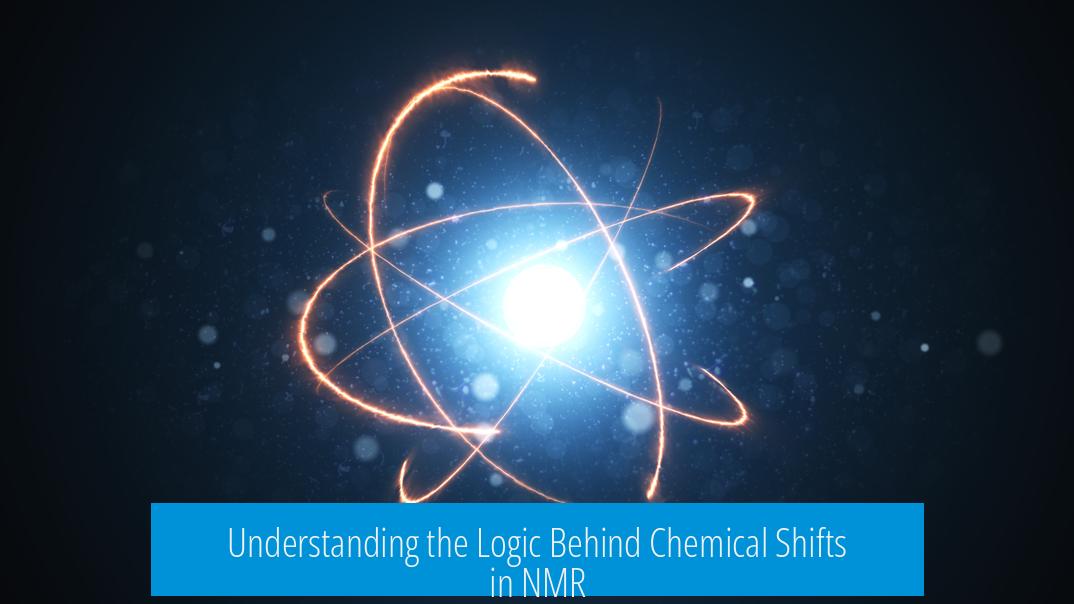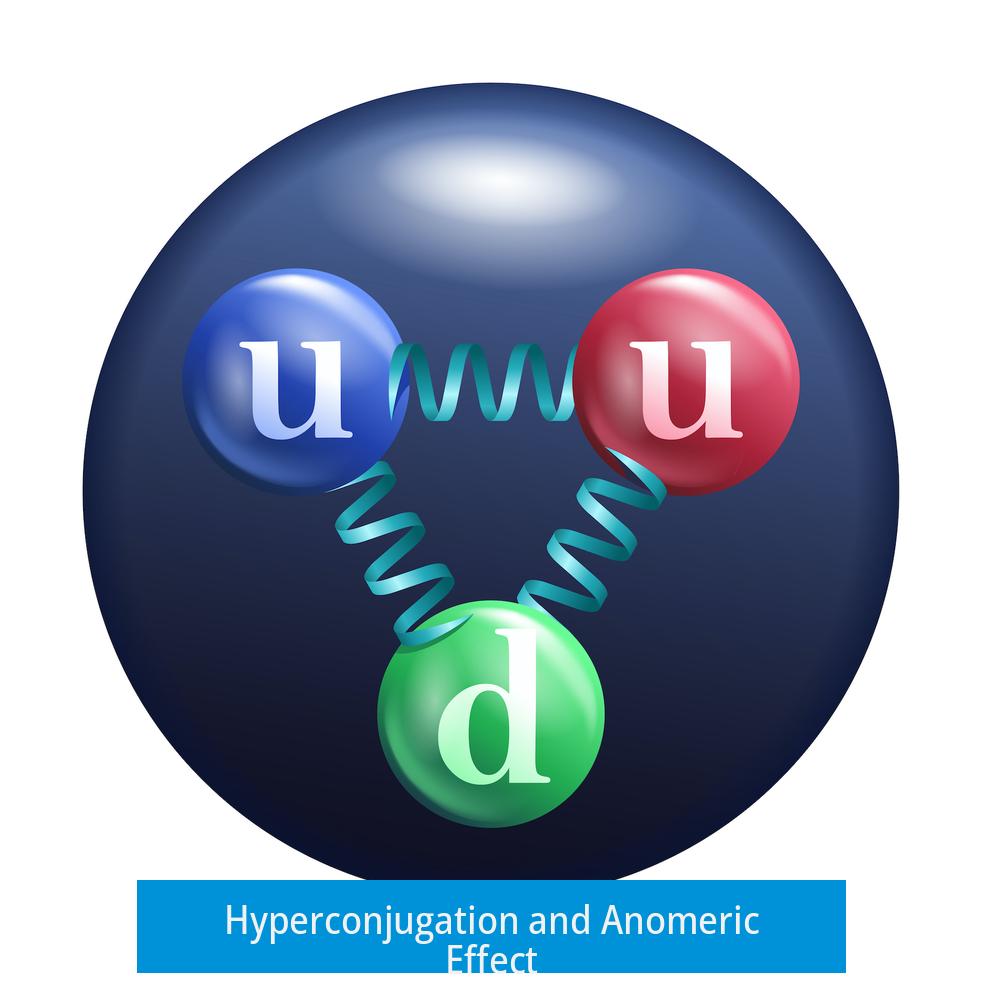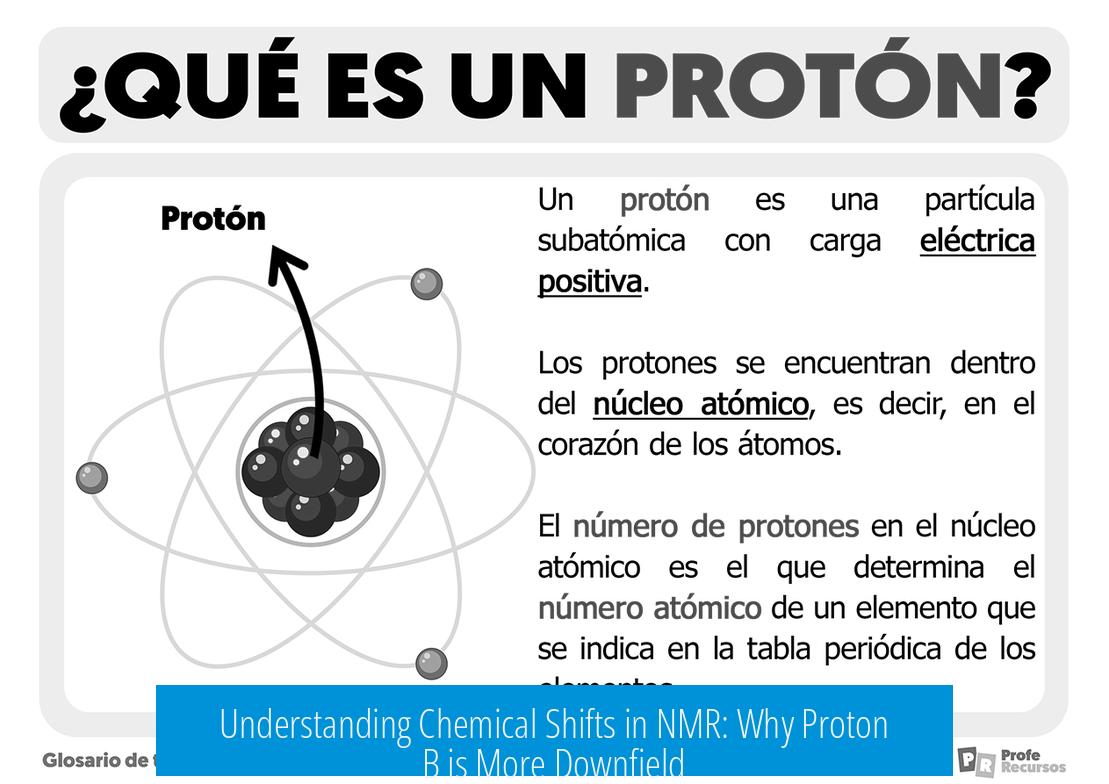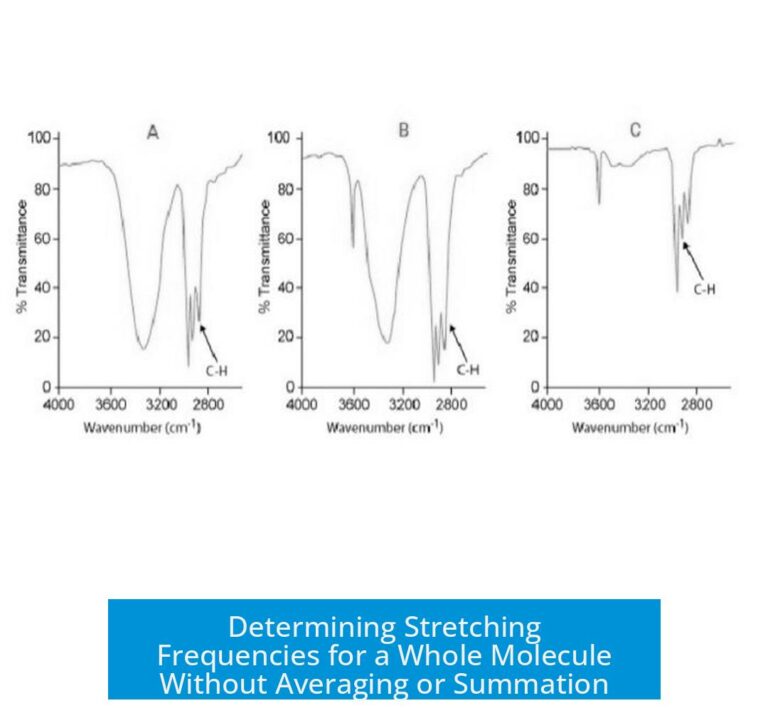Understanding the Logic Behind Chemical Shifts in NMR

The proton in structure B is more downfield than the others due to its relatively lower electron density, caused by less electron-donating effects and specific spatial arrangements that reduce shielding.
Role of Electron Density and Shielding
Chemical shifts in proton NMR depend mainly on how much electron density surrounds the proton. Electron-rich environments shield protons, moving their signals upfield (to lower ppm). Conversely, protons near electron-withdrawing groups or in conformations that reduce electron donation appear downfield (higher ppm).
Effect of Lone Pair Orientation on Chemical Shifts
- Nitrogen lone pairs can affect the proton’s shielding depending on their orientation.
- If lone pairs orient near the proton, they donate electron density, increasing shielding and lowering the chemical shift.
- Rotation or fixed conformations of nitrogen lone pairs change this impact dramatically.
For example, in the middle structure, nitrogen lone pairs are locked syn to the C-H bond, preventing electron donation. This reduces shielding, causing downfield shifts. In other orientations, lone pairs may donate electrons and shield the proton better.
Hyperconjugation and Anomeric Effect

Hyperconjugation involves electron donation from nitrogen lone pairs into antibonding sigma* orbitals of adjacent C-H bonds. This occurs best in antiperiplanar geometry, where the lone pair and C-H bond are 180 degrees apart.
- This interaction stabilizes the bond, shortens the C-N bond, and increases electron density around the proton.
- Thus, protons in such conformations are more shielded and appear upfield.
Why is Proton B More Downfield?
- Proton B lies on a carbon adjacent to a methyl group (CH3), which donates more electron density than methylene (CH2) on cyclic carbons.
- Cyclic structure and steric effects in B restrict rotation of ethylene groups attached to tertiary nitrogens.
- This restricted rotation may orient electron density away from the axial proton, reducing its shielding.
- As a result, the proton experiences a more electron-poor environment, causing a downfield shift.
Summary of Key Points
- Lone pair orientation on nitrogen influences proton shielding.
- Hyperconjugation requires antiperiplanar geometry for electron donation into sigma* orbitals.
- Proton B is more downfield due to adjacent group electron donation differences (Me vs. CH2) and structural constraints reducing shielding.
- Conformation changes and restricted rotations impact electron density distribution and chemical shifts.
Why is the proton in structure B more downfield than in other structures?
Proton B is more downfield due to less electron donation from the surrounding carbons. The methyl (CH3) carbons in B donate more electrons than the CH2 carbons in cyclic structures, causing greater deshielding of the proton.
How does the orientation of nitrogen’s lone pairs affect chemical shifts?
Lone pairs can shield or deshield protons depending on their position. When lone pairs are antiperiplanar to the C-H bond, they donate electron density via hyperconjugation, increasing shielding and lowering chemical shift.
What role does hyperconjugation play in chemical shifts of protons?
Hyperconjugation occurs when a nitrogen lone pair donates into a C-H sigma* orbital in an antiperiplanar position. This stabilizes the bond, increases electron density on carbon and hydrogen, causing the proton to be more shielded and shift upfield.
Why does the middle structure have a different chemical shift despite lone pair proximity?
In the middle structure, lone pairs are syn to the C-H bond so they cannot donate electron density through hyperconjugation. This reduces electron density around the proton, causing longer bonds and deshielding.
Can the cyclic structure and rotation restrictions influence proton shielding?
Yes. The cyclic structure in B and restricted rotation of ethylene groups can spatially position atoms so that shielding regions shift away. This leaves the axial proton less shielded and more downfield in the spectrum.





Leave a Comment